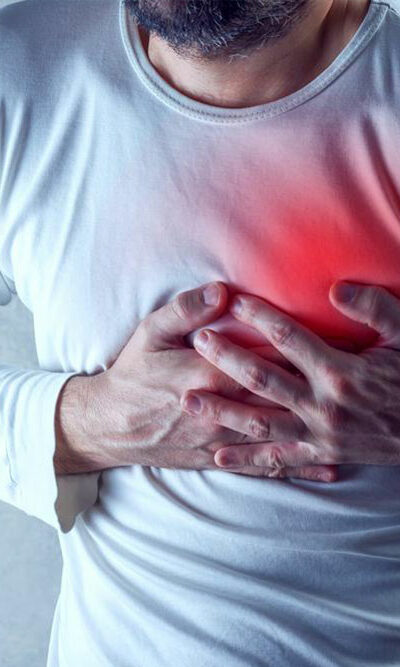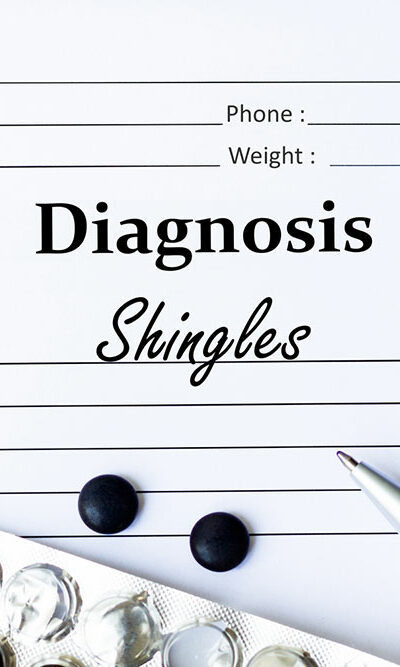
Symptoms and Risk Factors of Breast Cancer in Males
As far as the symptoms of male breast cancer are concerned, a specific cause has not been identified yet. Men are susceptible to breast cancer if there is a strong family history or the presence of an abnormal gene inherited from their parents. What are the symptoms of male breast cancer? When you find you that you are displaying certain signs and symptoms that show no signs of abating, it is important to consult your doctor. Symptoms of male breast cancer include: The breast tissue has some kind of thickening or the presence of a painless lump. The skin that covers your breast shows some changes like redness, wrinkling, scaling or dimpling. There are certain changes that take place in your nipple like redness or scaling. There is an inward turning of the nipple. The nipples let out some kind of discharge. Causes of male breast cancer A specific cause as to the occurrence of breast cancer in men has not been found. According to doctors, breast cancer in men occurs when certain cells in the breast divide faster than healthy cells. These cells then assemble together and a tumor is formed, which spreads or metastasizes to the nearby tissue and follows the lymph nodes. Then, they spread to the remaining part of the body. Both men and women have breast tissue in small quantities. The breast tissue has glands or globules which produce milk and ducts which transport the milk to the nipples and fat. There is more breast tissue development in women than in men at the time of puberty. As the amount of breast tissue in men is little, there is a possibility of developing breast cancer. Types of male breast cancer Diagnosis of breast cancer in men falls into the following categories: Cancer originating in the milk ducts or ductal carcinoma:










